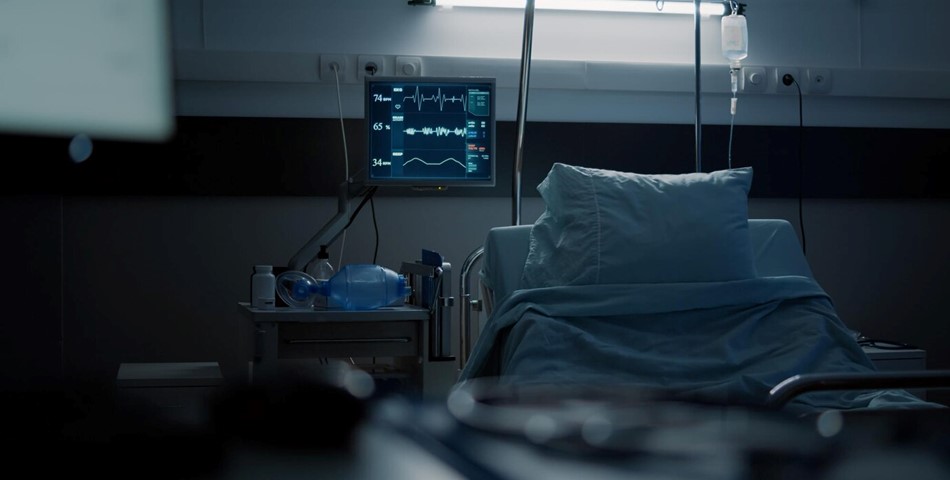In an era where healthcare providers are inundated with data from disparate sources, the adoption of service-oriented architectures (SOA) is heralded as a potential solution to streamline patient care processes. The complexity of interpreting data from various screens, devices, and electronic medical records (EMRs) has long been a challenge for care providers, often leading to inefficiencies and potential clinical errors.
Recognizing the need for interoperability and collaboration among medical device manufacturers, the IEEE 11073 service-oriented device connectivity (SDC) family of standards has emerged. These standards aim to facilitate open communication between health technology providers, replacing proprietary networks with a common language for device communication. By enabling the interoperability and exchange of data, SDC promises to enhance clinicians' ability to access and act upon patient information derived from integrated acute care technologies, regardless of manufacturer.
One of the proponents of SDC adoption is Philips, which is partnering with other medical device manufacturers to advance these standards across the industry. At the upcoming HIMSS 2024 conference in Orlando, Florida, industry leaders will gather to demonstrate real-world applications and showcase the benefits of collaborative, cross-vendor interoperability.
The concept of the "Silent ICU" exemplifies the potential impact of SDC-enabled care environments. In intensive care units, patients are often surrounded by devices emitting alarms that can disrupt their recovery process. Through SDC-enabled technologies, such as remote alarm management, clinicians can mitigate these disruptions and create a more peaceful healing space for patients.
Philips, along with other health technology companies, intends to showcase the Silent ICU concept at HIMSS, highlighting the possibilities of remote alarm management and bi-directional capabilities offered by SDC-enabled devices. By allowing clinicians to access patient information remotely and manage alarms from anywhere, SDC promises to enhance patient recovery experiences and improve workflow efficiencies in healthcare settings.
While Philips emphasizes its commitment to providing an open ecosystem for its customers, including the integration of the Philips Capsule Medical Device Information Platform, the focus remains on the broader industry-wide adoption of SDC standards. The goal is to create a standardized approach to device communication, enhance cybersecurity, and enable centralized, vendor-neutral device management.
The HIMSS Interoperability Showcase will offer a firsthand look at SDC enablement in action, featuring demonstrations and presentations on the future of Philips' open ecosystem strategy. Attendees will have the opportunity to learn more about emerging SDC-enabled capabilities and explore Philips' portfolio of patient monitoring solutions.
philips.com










